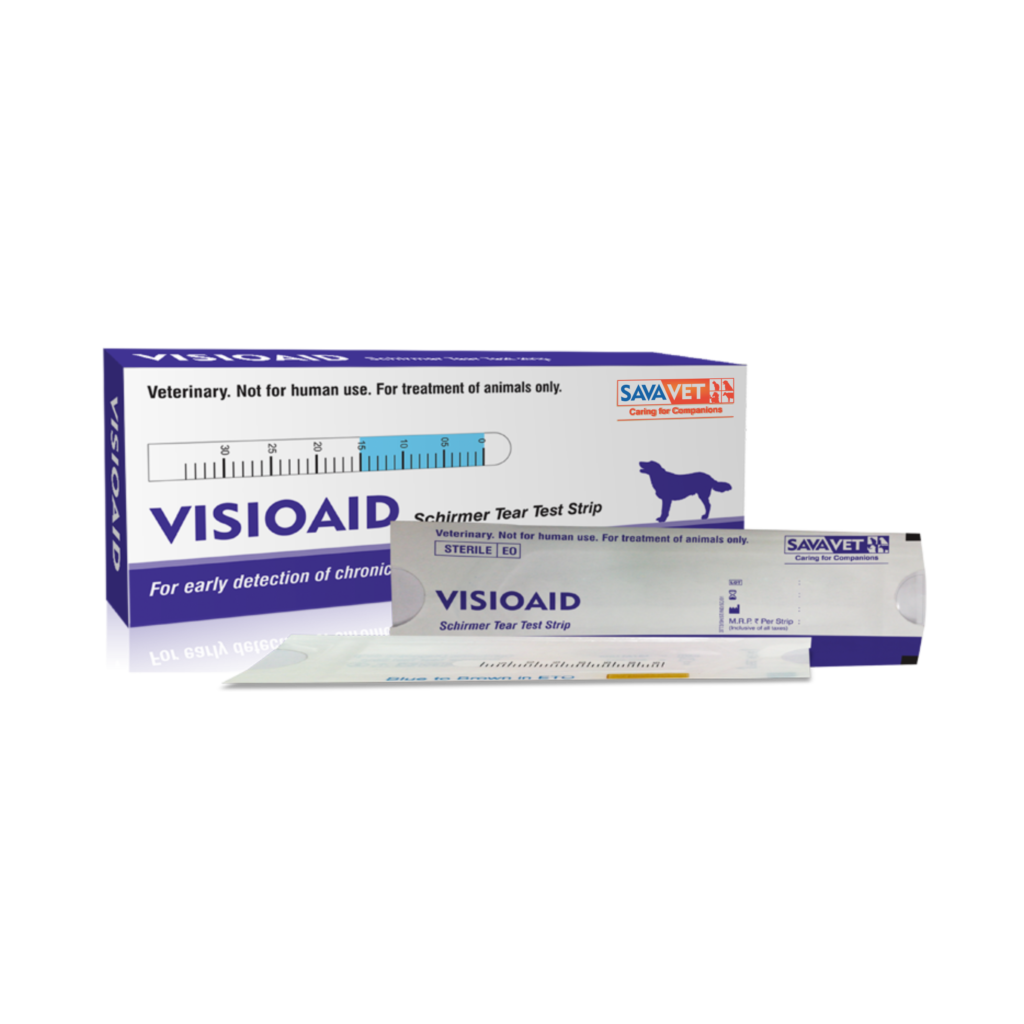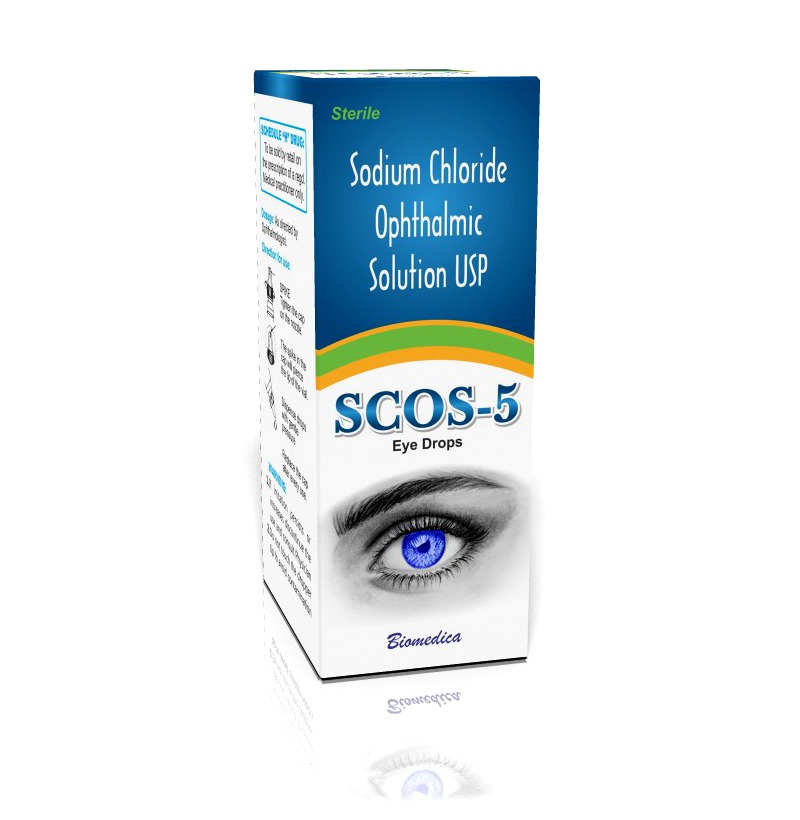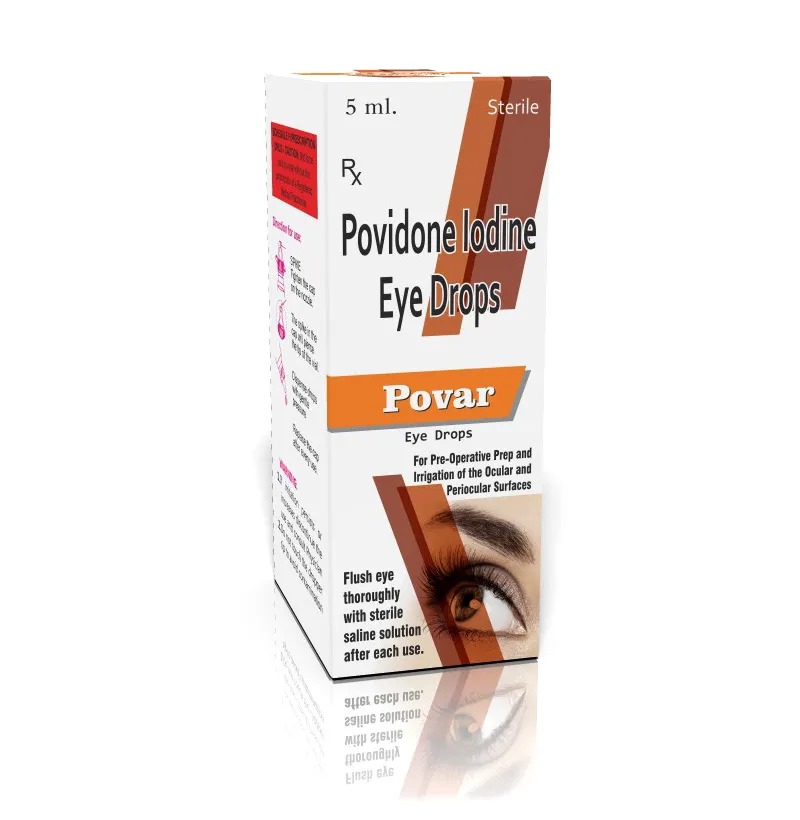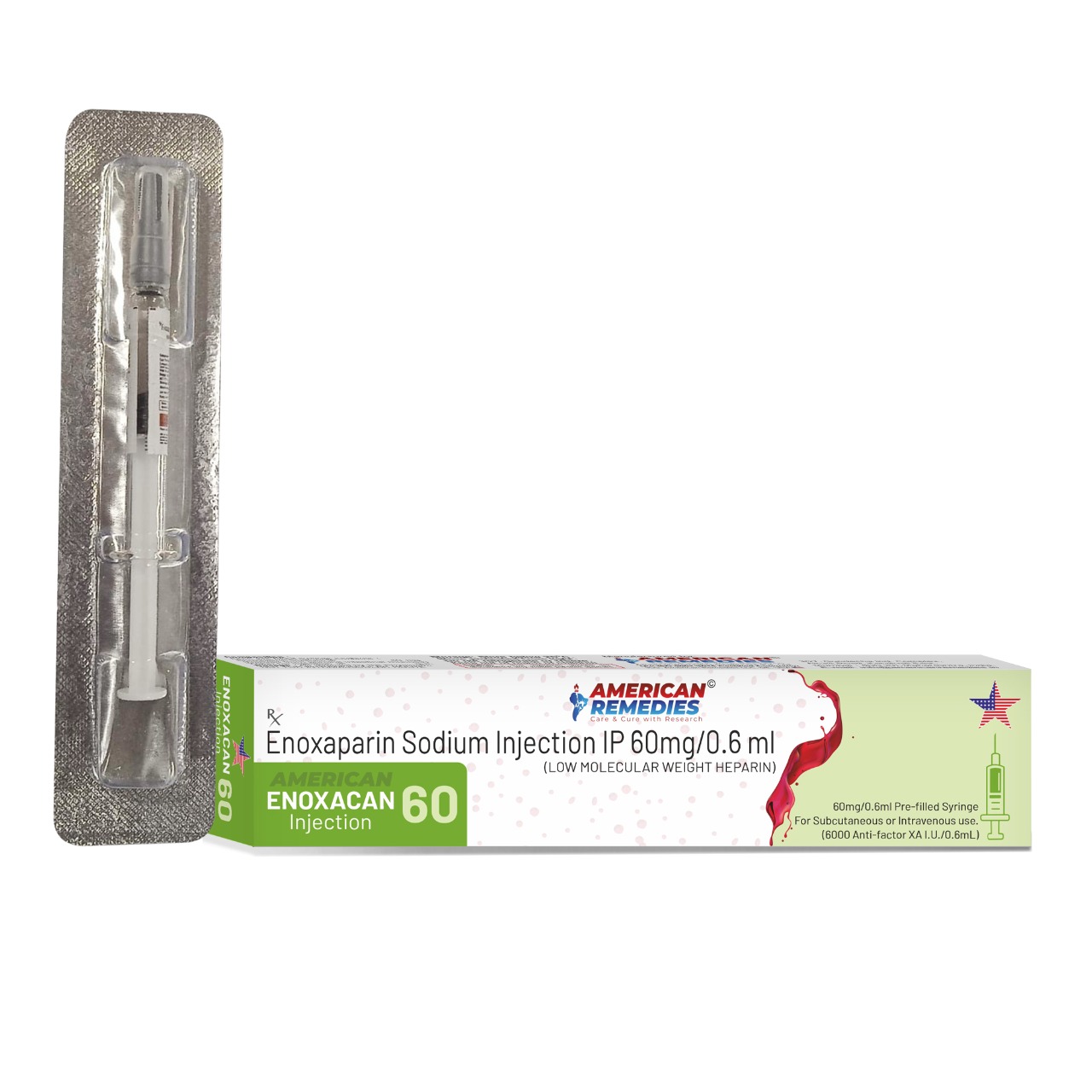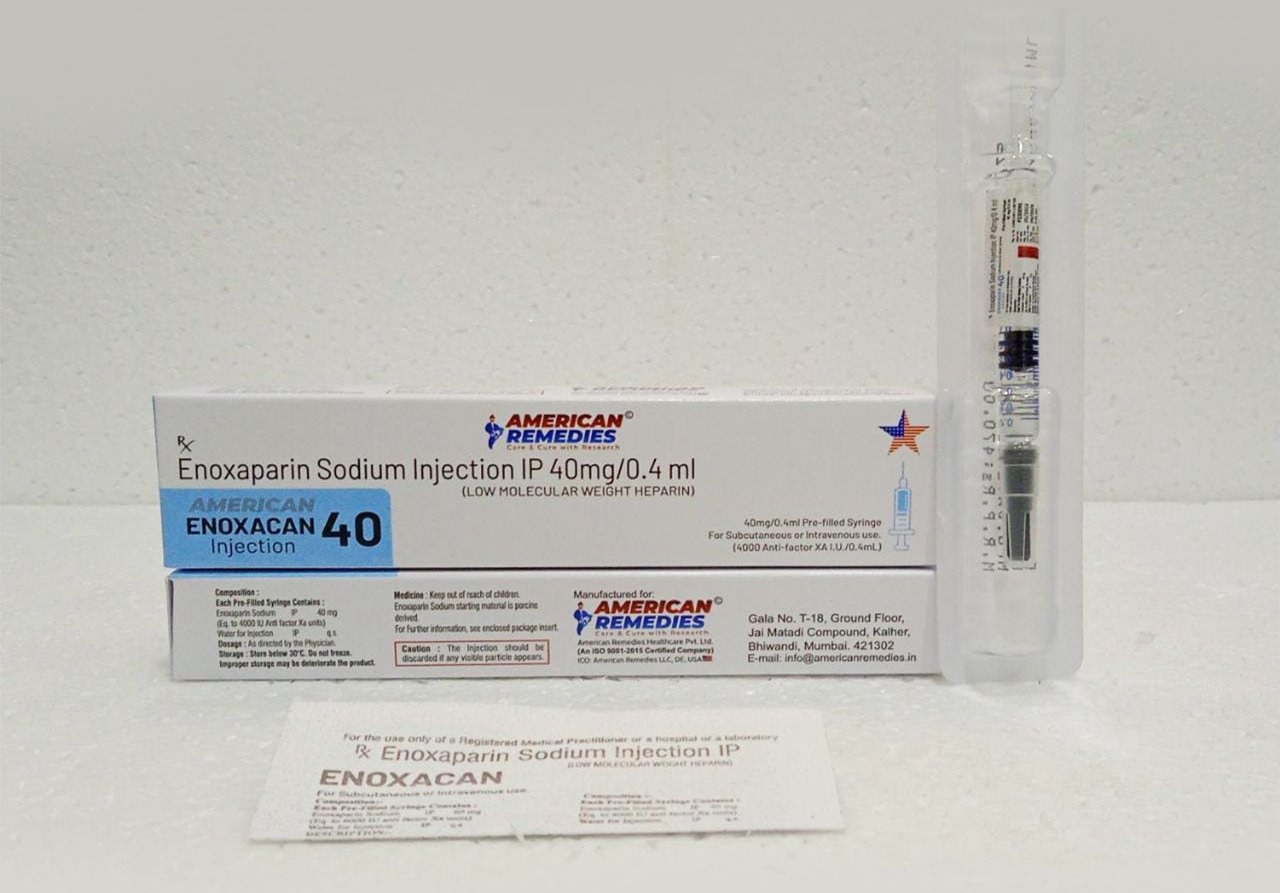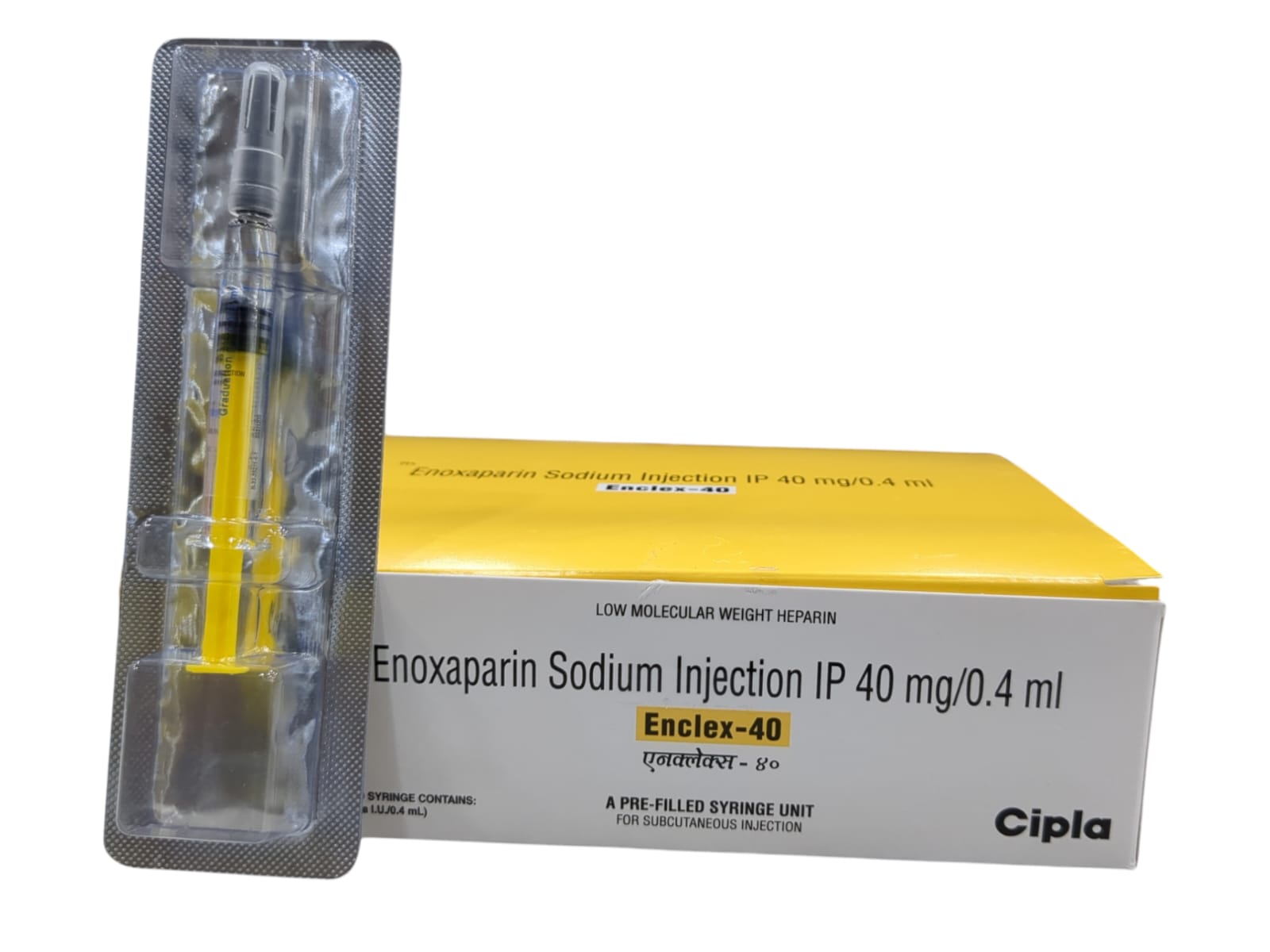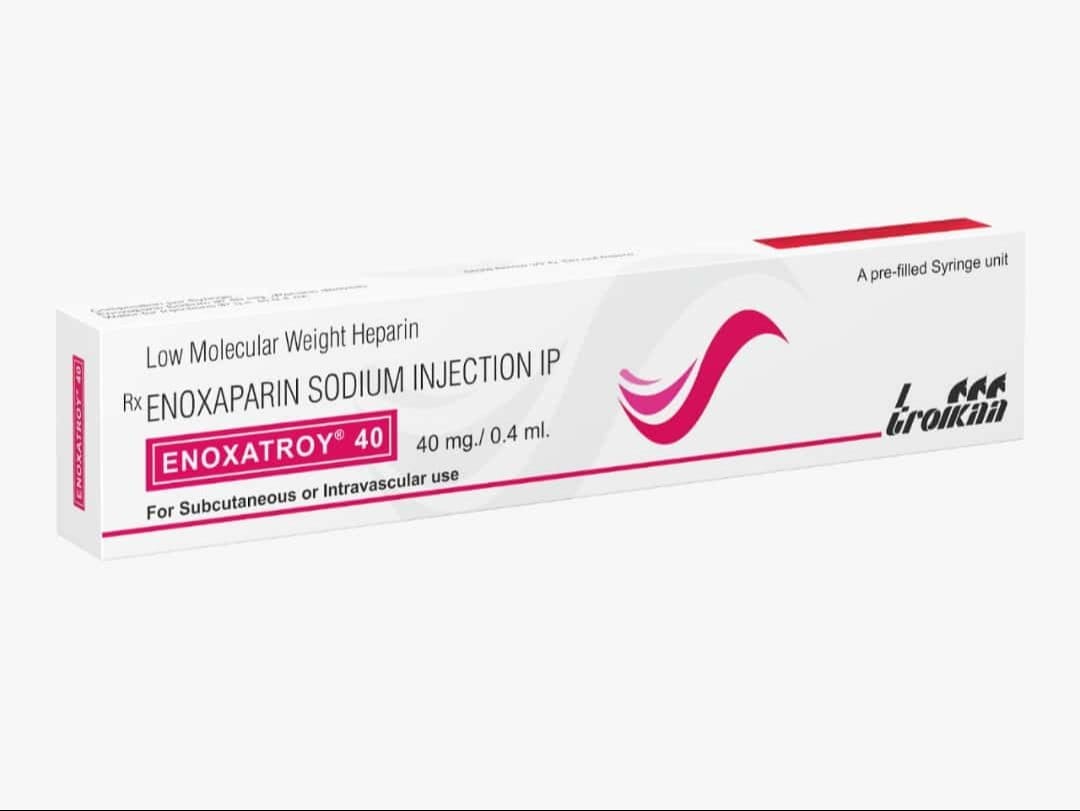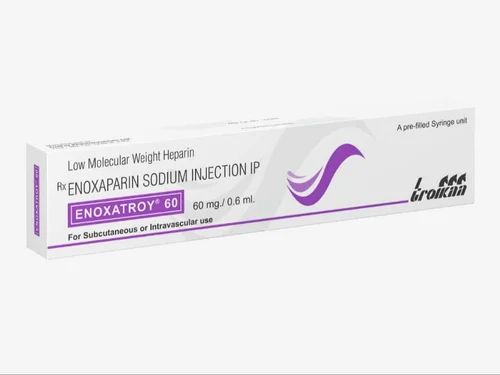A healthy eye produces enough tears to keep it moist and healthy. However, in patients with Dry Eyes or Keratoconjunctivitis sicca (KCS), either the amount of tear production is reduced or the rate at which the tear evaporates is increased. Visioaid is Schirmer’s test strip (STT) that helps to diagnose KCS. Based on the extent to which the STT strip is moistened by tears, the veterinarian is able to diagnose the severity of KCS and provide suitable treatment. The veterinarian will place the tip of VISIOAID inside the eyelid, closes the eye, and holds the paper for exactly 60 seconds. The distance travelled by the tears on the VISIOAID strip in sixty seconds is recorded and the diagnosis is made.
Send Message